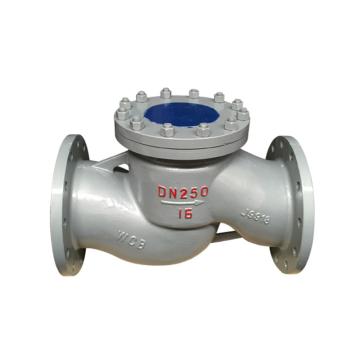Flange Slip-On Design for Raised Face Applications and Considerations
Understanding Flange Slip-On Raised Face A Comprehensive Guide
Flanges are critical components in piping systems, serving as connection points between pipes, valves, pumps, and other equipment. Among the various types of flanges, the slip-on raised face flange is widely used in industrial applications due to its versatility and ease of installation. This article aims to provide a comprehensive understanding of flange slip-on raised face, its design, applications, advantages, and considerations for use.
What is a Slip-On Raised Face Flange?
A slip-on raised face flange is designed to allow the pipe to slip inside the flange. It features a raised face that provides a contact surface for ensuring a tight seal when bolted to another flange. The raised face is typically about 1/16 inch higher than the flange ring, enhancing the integrity of the seal. The slip-on design simplifies the installation process; the flange can be easily aligned and positioned before welding, which is often performed on the inside and outside of the flange for added strength.
Design and Specifications
Slip-on raised face flanges come in various sizes, materials, and pressure ratings to suit different industrial requirements. They are commonly made from materials such as carbon steel, stainless steel, and alloys, ensuring compatibility with diverse substances, including water, oil, and chemical solutions. The dimensions of the flange, including its diameter and thickness, are governed by standards set by organizations such as ANSI (American National Standards Institute) and ASME (American Society of Mechanical Engineers). These specifications ensure that the flanges can perform effectively under various operating conditions.
Applications
Due to their versatility, slip-on raised face flanges are used in a myriad of applications across different industries
. Commonly, you will find these flanges in1. Oil and Gas Used in the transportation of oil and natural gas through pipelines, where secure connections are crucial to preventing leaks.
2. Water Treatment Plants Facilitating the connection of pipes in the treatment and distribution of water, ensuring the integrity of the system.
3. Chemical Processing Employed in systems that handle corrosive substances; their materials can be chosen to withstand specific chemical interactions.
flange slip on raised face

4. HVAC Systems Utilized in heating, ventilation, and air conditioning systems, providing solid connections within the system.
The adaptability of slip-on raised face flanges makes them suitable for both high and low-pressure applications, enhancing their appeal in various sectors.
Advantages of Slip-On Raised Face Flanges
One of the main advantages of slip-on raised face flanges is their ease of installation. Because they simply slip over the pipe, aligning and welding them is more straightforward than other types of flanges, reducing labor time and associated costs. Additionally, the raised face design facilitates a better seal, minimizing the risk of leaks.
Another benefit is the cost-effectiveness of these flanges. They are generally less expensive than welded neck flanges, yet they provide sufficient strength and performance for many applications. Furthermore, their ability to be welded from both the inside and outside adds to their mechanical strength, making them suitable for a wide range of pressures.
Considerations When Using Slip-On Raised Face Flanges
While slip-on raised face flanges have many benefits, it is important to consider certain factors before their application. These flanges are generally not recommended for high-pressure applications where extreme strength is required. In such cases, other types of flanges—such as weld neck flanges—may be more suitable.
Moreover, proper alignment during installation is crucial, as misalignment can lead to stress concentrations, which may cause failure at the joint. Regular maintenance and inspections are also essential to ensure the integrity of the seal over time, especially in corrosive environments.
Conclusion
Slip-on raised face flanges are an essential component in modern piping systems, offering a combination of practicality, cost-effectiveness, and reliability. Their design and construction allow for efficient installation and a secure seal, making them a standard choice across various industries. By understanding the specifications and applications of these flanges, engineers and technicians can make informed decisions that enhance the performance and longevity of their piping systems. Whether in oil and gas, chemical processing, or HVAC systems, the slip-on raised face flange continues to prove its value in the industrial landscape.
-
3-types-of-check-valves-maintenance-tipsNewsAug.23,2025
-
ball-valves-types-with-trunnion-mounted-designNewsAug.23,2025
-
butterfly-valve-company-production-capabilitiesNewsAug.23,2025
-
fisher-globe-valve-technical-specificationsNewsAug.23,2025
-
types-of-gaskets-for-flanges-selection-guideNewsAug.23,2025
-
wedge-gate-valve-suppliers-quality-standardsNewsAug.23,2025
-
Breakthrough in Domestic Low Temperature Valve Technology in ChinaNewsAug.18,2025




